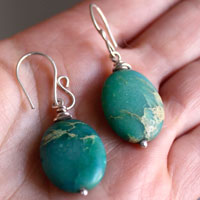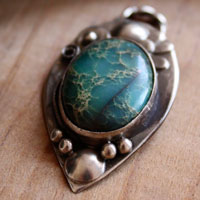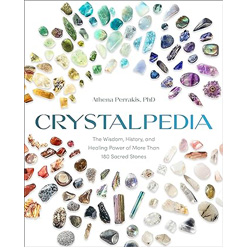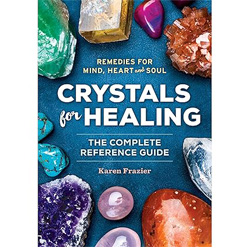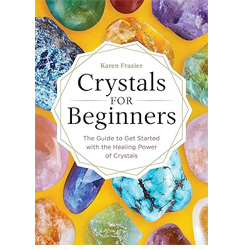- Jewelry
- Inspiration
- Good Deals
- Paintings
- About
- Contact
JEWELRY
- Anklet
- Bracelets
- Brooches
- Cufflinks
- Earrings
- Pendants & Necklaces
- Rings
- Draw your jewelry
- GOOD DEALS
- How to clean your jewel
- Metal we used
INSPIRATION
- Our imagination
- Birthstones
- Druids and druidesses
- Flower meanings
- History, archeology jewelry
- Japanese symbols
- Lithotherapy and stone choice
- Illumination jewelry
- Maya calendar jewelry
- Stone color symbolism
- Stones Catalogue
- Searches a theme on the site
ABOUT
Serpentine: history, healing properties and lithotherapy
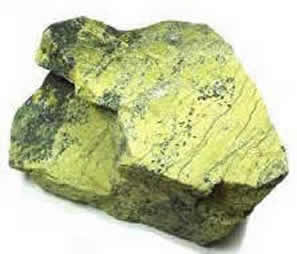
Serpentine properties

Serpentine, a family of minerals belonging to the silicate group, comprises over 20 members. Its identification is complex due to the diversity of its varieties, leading to numerous errors and confusions. This stone, often confused with other minerals, is appreciated for its beauty and unique properties.
Serpentine, a stone with multiple shades, can range from white to black, including blue, yellow, green, brown, and gray. However, it is the olive green tones that are the most common and sought after in the market. This stone, opaque or slightly translucent, has a flexible and scaly texture, often adorned with aggregates or veins.
Its name, derived from the Latin serpentinus (stone serpent), evokes the sinuous shape of a snake, a reference to the way this stone can appear in the form of veins or aggregates.
Serpentine is primarily composed of iron hydroxide, aluminum, nickel, zinc, calcium, and magnesium, giving it a complex and varied chemical composition.
Among the most well-known members of the serpentine family are antigorite, chrysotile, and lizardite. Each of these minerals has unique characteristics and distinct properties, making them highly valued gemstones worldwide.
In jewelry, antigorite and lizardite are the most commonly used varieties of serpentine. Antigorite, in particular, is prized for its ability to mimic jade, making it a popular choice for jewelry. To enhance the appearance of lower-quality serpentine, it is sometimes dyed, allowing it to be marketed under various names such as Suzhou jade, Styrian jade, Teton jade, or new jade.
Some members of the serpentine family, especially chrysotile, can pose a health risk if inhaled in the form of dust. This is due to their fibrous composition, which can remain in the lungs and potentially cause cancer, similar to asbestos. However, as long as these minerals remain in block form, there is generally no issue. It is important to note that toxic varieties of serpentine are not used in jewelry making, so jewelry containing serpentine does not pose a health risk.
Serpentine can be toxic to many plants due to its high content of nickel, chromium, cobalt, and the strong presence of potassium and phosphorus. Serpentine deposit areas are often identifiable by their unique vegetation, composed of small plants capable of withstanding these conditions. These areas are often referred to as "serpentine sterile zones" and can appear in the midst of dense vegetation.
The most attractive and commonly used varieties, mainly antigorites, are often called noble serpentine or precious serpentine.
Mines: France, the USA, New Caledonia, Canada, Afghanistan, United Kingdom, Greece, China, Russia, Korea, Austria, India, Burma, New Zealand, Norway, Italy.
History, legends and beliefs about serpentine
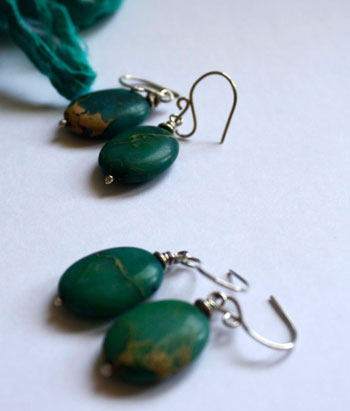
Serpentine has been used by many ancient peoples, including the Sumerians, Assyrians, Persians, and Egyptians, for the creation of seals and cylinder seals. They exploited the qualities of this stone, which, once polished, has a greasy and oily surface, preventing clay or wax from sticking to the seal during application.
As early as the appearance of the cylinder seal in Mesopotamia around 3500 BC, serpentine proved to be one of the best supports for these objects.
The Romans extensively used serpentine in their decorative ornaments, considering it a form of precious marble. They referred to it as "lapis atracius," now known as ophicalcite, whose famous varieties include Genoese Green or Maurin Green.
In Italy, from the Roman era to the Middle Ages, "sorcerers" attributed to serpentine the power to protect against snake bites and even to extract venom when necessary. This belief in its protective properties is also found in other civilizations around the world, some even suggesting that this characteristic gave the stone its name. The fascination with serpentine and its supposed healing powers has persisted through the ages, testifying to its status as a mystical and protective gem.
In India, the city of Bhera was famous for centuries for its relatively pure serpentine and its carving work. Bhera artisans created a variety of precious objects from this stone, including sculptures, cups, sword handles, and other ornaments. Indians called this ore "Sang-i-Yashm," while English colonizers referred to it as "false jades" due to its resemblance to jade.
The Maoris of New Zealand carved sacred objects from serpentine, which they called Tangiwai, meaning "tears" in Maori. This name is due to the relative transparency of serpentine, which evokes the clarity of tears. According to a Maori legend, serpentine was considered the petrified tears of a woman, adding a mythical and spiritual dimension to this stone.
The Maoris used serpentine to create ritual and symbolic objects, and it was often associated with ceremonies and religious rituals.
Since 1965, serpentine has been the official stone of the state of California in the United States, due to its beauty and variety of colors. However, due to concerns related to asbestos in some varieties of serpentine, its removal has been requested since 2010.
Healing properties and benefits of serpentine
Serpentine is renowned for its healing and protective properties.
- It is believed to address hypoglycemia and diabetes by balancing calcium and magnesium levels in the body.
- It is considered an effective remedy against parasitic infections and can help regenerate damaged cells.
- Serpentine is known for its benefits on the heart and lungs, aiding in the healing of heart and respiratory issues.
- It is also known to alleviate menstrual cramps and pains.
- It is said to regulate milk production in breastfeeding women.
⚠ Please note that all healing properties presented for gemstones are gathered from various sources. This information is provided as a service and is not intended to treat medical conditions. It is recommended to consult a healthcare professional for serious medical issues and not to rely solely on gemstones as a treatment.

